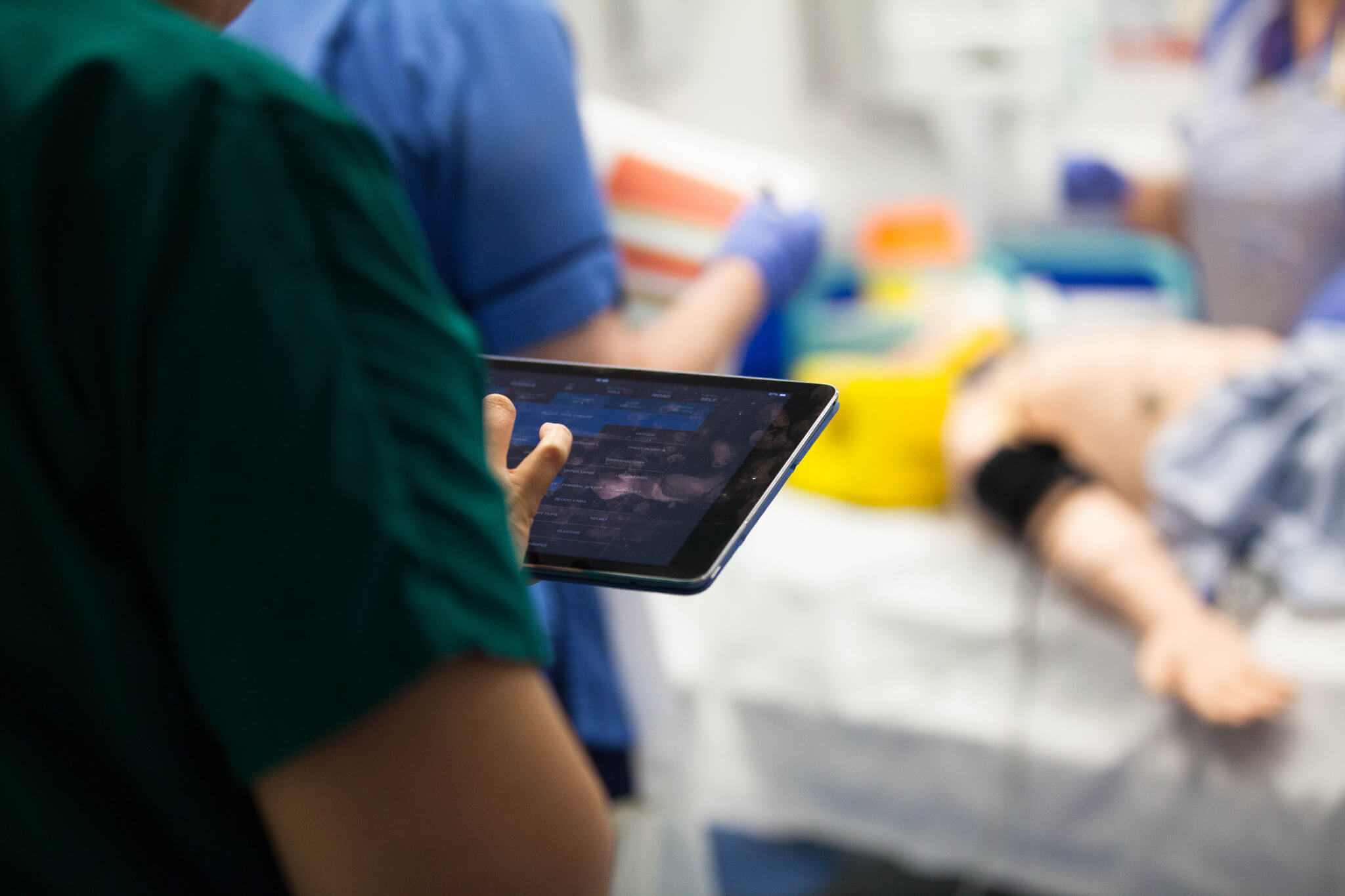Six weeks ago I joined Daysix as Project Manager.
I’m excited to be part of the team that will be involved in the two-year trauma app project; it’s not every day you get the opportunity to develop a medical device with the potential to radically improve trauma care and ultimately save lives.
This is the first of our blog posts we’ll be writing throughout the project. Our plan is to share with you our experiences to help drive awareness of the trauma app prior to roll-out, and to help inform others undertaking similar projects. The blog posts will be written from a variety of team members – developers, designers, clinicians – to give you multiple perspectives on the project.
As I’m new to the Daysix team, I feel like I have a unique perspective on the trauma app project, which started in earnest two weeks ago.
Here are four things I’ve learned in my first few weeks:
1. There is a genuine need for this device.
Currently, trauma care is delivered in a team with a leader directing care and a scribe documenting the case on paper forms. Three key downsides to the use of paper forms are:
● Data entry – Errors can be made and sometimes handwriting cannot be read after the event.
● Speed and efficiency – It takes time for the scribe to accurately write down data points. If the lead clinician requires the scribe to look back at, for example, a patient’s blood levels from 30 minutes ago, the scribe needs to leaf through multiple sheets of paper in order to locate that information.
● Reporting – The reporting from a trauma case requires the data recorded on paper to be manually digitised. The trauma app seeks to improve adherence to ATLS, an international, standardised approach to trauma care. It is widely acknowledged that unacceptable levels of variation in trauma care still exist. Reduced variation in trauma care delivery will improve outcomes, reduce the cost burden of rehab on the NHS and ultimately save lives.
2. Seeing the prototype app in action helped me to realise the product’s potential.
Daysix and EmQuire developed a prototype app that maps a small subset of trauma protocol. Simulations took place in two Scottish hospitals with the aim of exploring the impact of a digital solution on care delivery and outcomes. The results from those simulations encouraged Innovate UK to fund the project to develop the prototype further.
Prior to starting at Daysix, I read multiple documents about the prototype app. In my second week here, Ben (our lead developer) showed me the trauma app. It was a ‘eureka’ moment for me: within ten seconds of seeing how it worked, I knew that this was a superior solution to current practice.

3. The prototype received unanimous backing from clinicians to be developed further.
The prototype received unanimous support from the clinicians involved in the simulations and the Scottish Trauma Network subsequently backed the project with £70,000 to expand the prototype to explore all aspects of the ATLS protocol.
Our early prototype has showed a real hunger for a solution that is adopted by all centres in Scotland (and eventually to international markets). This project has been instigated by clinicians and driven by the national body responsible for change in Scotland.
4. The collaboration on this project is unique.
For this project to succeed, developers will need to work in close collaborations with clinicians. In order to build a deeply integrated clinical application, developers and clinicians must rely on each other’s specialist knowledge and fully understand the challenges faced by the other if we are to be successful.
What lies ahead is an exciting two-year project to take a prototype with amazing potential and develop it into a genuinely valuable medical device. We look forward to sharing our progress with you.


